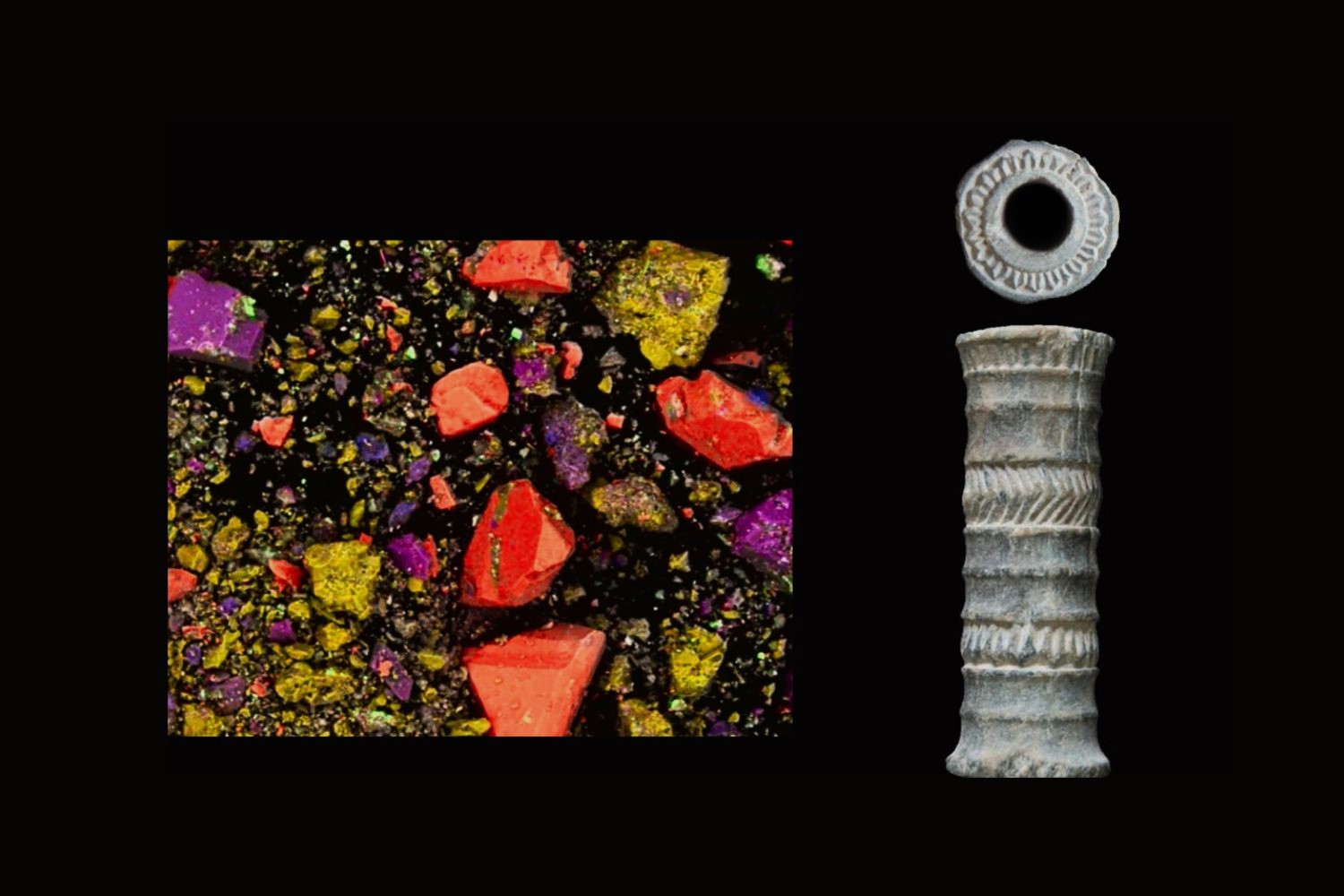
Colon cancer is a serious health issue affecting millions globally. Understanding this disease can help in early detection and treatment. Did you know that colon cancer is the third most common cancer worldwide? It's crucial to be aware of its symptoms, risk factors, and preventive measures. Early detection significantly increases survival rates, making regular screenings vital. Factors like diet, lifestyle, and genetics play a significant role in its development. Learning about colon cancer can empower you to make informed health decisions. This article will provide you with 53 essential facts about colon cancer, helping you stay informed and proactive.
Key Takeaways:
- Colon cancer can affect anyone, not just older adults. Regular screening and healthy lifestyle choices can help prevent and detect it early for better outcomes.
- Awareness and education about colon cancer are crucial. March is National Colorectal Cancer Awareness Month, and public health campaigns can make a difference in saving lives.
What is Colon Cancer?
Colon cancer, also known as colorectal cancer, starts in the colon or rectum. It's a serious disease but understanding it better can help with prevention and treatment.
- Colon cancer is the third most common cancer worldwide.
- It often begins as small, noncancerous clumps of cells called polyps.
- Polyps can develop into cancer over time if not removed.
- Both men and women are at risk for colon cancer.
- The risk increases significantly after age 50.
Symptoms of Colon Cancer
Recognizing the symptoms early can lead to better outcomes. Here are some common signs to watch for.
- Persistent changes in bowel habits, such as diarrhea or constipation.
- Blood in the stool, which may appear bright red or very dark.
- Unexplained weight loss without changes in diet or exercise.
- Constant fatigue or weakness.
- Abdominal discomfort, such as cramps, gas, or pain.
Risk Factors for Colon Cancer
Certain factors can increase the likelihood of developing colon cancer. Knowing these can help with prevention.
- A diet high in red or processed meats.
- Low physical activity levels.
- Obesity or being overweight.
- Smoking tobacco.
- Heavy alcohol use.
Genetic Factors
Genetics play a significant role in the risk of colon cancer. Some people inherit conditions that increase their risk.
- Familial adenomatous polyposis (FAP) is a rare inherited condition causing numerous polyps in the colon.
- Lynch syndrome, also known as hereditary nonpolyposis colorectal cancer (HNPCC), increases the risk of colon cancer.
- Having a first-degree relative with colon cancer doubles the risk.
- Genetic mutations like those in the APC gene can lead to colon cancer.
- Genetic testing can help identify individuals at higher risk.
Prevention and Early Detection
Preventive measures and early detection can significantly reduce the risk of colon cancer.
- Regular screening starting at age 50, or earlier if you have a family history.
- Colonoscopies can detect and remove polyps before they turn cancerous.
- Eating a diet rich in fruits, vegetables, and whole grains.
- Maintaining a healthy weight through diet and exercise.
- Limiting alcohol consumption and quitting smoking.
Treatment Options
Several treatment options are available for colon cancer, depending on the stage and location of the cancer.
- Surgery is the most common treatment, especially in the early stages.
- Chemotherapy uses drugs to kill cancer cells or stop them from growing.
- Radiation therapy uses high-energy rays to target and kill cancer cells.
- Targeted therapy focuses on specific molecules involved in cancer growth.
- Immunotherapy helps the immune system recognize and attack cancer cells.
Survival Rates and Prognosis
Survival rates for colon cancer vary based on several factors, including the stage at diagnosis.
- The five-year survival rate for localized colon cancer is about 90%.
- If the cancer has spread to nearby tissues or lymph nodes, the five-year survival rate drops to 71%.
- For distant metastatic colon cancer, the five-year survival rate is around 14%.
- Early detection significantly improves the prognosis.
- Advances in treatment have improved survival rates over the past few decades.
Impact of Lifestyle Choices
Lifestyle choices can have a significant impact on the risk of developing colon cancer.
- Regular physical activity can lower the risk.
- A diet high in fiber can help prevent colon cancer.
- Reducing red and processed meat intake can decrease risk.
- Avoiding tobacco and limiting alcohol can also reduce risk.
- Managing stress and getting regular health check-ups are beneficial.
Colon Cancer in Different Populations
Colon cancer affects various populations differently. Understanding these differences can help with targeted prevention and treatment.
- African Americans have the highest incidence and mortality rates of colon cancer in the U.S.
- Ashkenazi Jews have a higher risk due to genetic factors.
- Men are slightly more likely to develop colon cancer than women.
- People with type 2 diabetes have an increased risk.
- Socioeconomic factors can influence access to screening and treatment.
Myths and Misconceptions
There are many myths and misconceptions about colon cancer. Clearing these up can help with prevention and treatment.
- Myth: Only older adults get colon cancer. Fact: It can affect younger people too.
- Myth: Colon cancer always has symptoms. Fact: It can be asymptomatic in early stages.
- Myth: A colonoscopy is painful. Fact: It's usually done under sedation and is not painful.
- Myth: A healthy diet alone can prevent colon cancer. Fact: While it helps, regular screening is crucial.
- Myth: If you have no family history, you're not at risk. Fact: Most cases occur in people with no family history.
Importance of Awareness and Education
Raising awareness and educating people about colon cancer can lead to earlier detection and better outcomes.
- March is National Colorectal Cancer Awareness Month.
- Many organizations offer resources and support for those affected by colon cancer.
- Public health campaigns can increase awareness and encourage screening.
Staying Informed About Colon Cancer
Understanding colon cancer can save lives. Early detection through regular screenings is crucial. Symptoms like persistent abdominal pain, changes in bowel habits, and unexplained weight loss shouldn't be ignored. Risk factors include age, family history, and lifestyle choices like diet and smoking.
Preventive measures, such as a high-fiber diet, regular exercise, and avoiding processed meats, can lower risks. Treatments range from surgery to chemotherapy and radiation therapy. Advances in medical research offer hope for better outcomes.
Raising awareness and educating others about colon cancer's signs and prevention can make a significant difference. Share this knowledge with friends and family. Stay proactive about health, and encourage others to do the same. Early action and informed choices are key to combating this disease.
Frequently Asked Questions
Was this page helpful?
Our commitment to delivering trustworthy and engaging content is at the heart of what we do. Each fact on our site is contributed by real users like you, bringing a wealth of diverse insights and information. To ensure the highest standards of accuracy and reliability, our dedicated editors meticulously review each submission. This process guarantees that the facts we share are not only fascinating but also credible. Trust in our commitment to quality and authenticity as you explore and learn with us.


